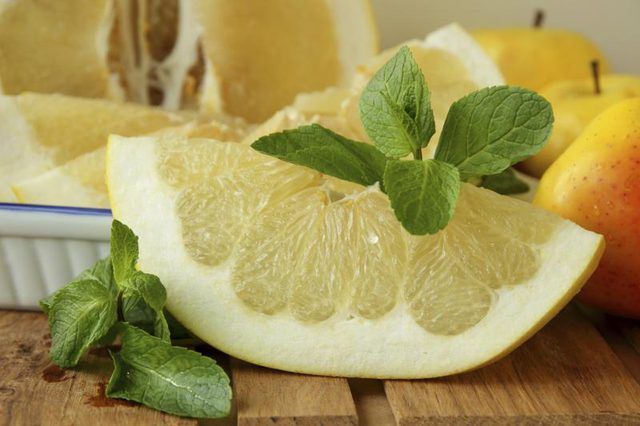Bulbs
Flower Basics
Flower Beds & Specialty Gardens
Flower Garden
Garden Furniture
Garden Gnomes
Garden Seeds
Garden Sheds
Garden Statues
Garden Tools & Supplies
Gardening Basics
Green & Organic
Groundcovers & Vines
Growing Annuals
Growing Basil
Growing Beans
Growing Berries
Growing Blueberries
Growing Cactus
Growing Corn
Growing Cotton
Growing Edibles
Growing Flowers
Growing Garlic
Growing Grapes
Growing Grass
Growing Herbs
Growing Jasmine
Growing Mint
Growing Mushrooms
Orchids
Growing Peanuts
Growing Perennials
Growing Plants
Growing Rosemary
Growing Roses
Growing Strawberries
Growing Sunflowers
Growing Thyme
Growing Tomatoes
Growing Tulips
Growing Vegetables
Herb Basics
Herb Garden
Indoor Growing
Landscaping Basics
Landscaping Patios
Landscaping Plants
Landscaping Shrubs
Landscaping Trees
Landscaping Walks & Pathways
Lawn Basics
Lawn Maintenance
Lawn Mowers
Lawn Ornaments
Lawn Planting
Lawn Tools
Outdoor Growing
Overall Landscape Planning
Pests, Weeds & Problems
Plant Basics
Rock Garden
Rose Garden
Shrubs
Soil
Specialty Gardens
Trees
Vegetable Garden
Yard Maintenance
How to Grow a Pomelo Tree From Seed
How to Grow a Pomelo Tree From Seed. The largest variety of citrus, pomelo or pummelo (Citrus maxima) can produce 25-pound fruits up to 1 foot across in U.S. Department of Agriculture plant hardiness zones 9 through 11. Usually, however, the fruits remain about the size of an extra-large grapefruit (Citrus x paradisi, USDA zones 9 through 11)....

The largest variety of citrus, pomelo or pummelo (Citrus maxima) can produce 25-pound fruits up to 1 foot across in U.S. Department of Agriculture plant hardiness zones 9 through 11. Usually, however, the fruits remain about the size of an extra-large grapefruit (Citrus x paradisi, USDA zones 9 through 11). Similar to that fruit, of which it is a parent, pomelo has sweeter flesh and a thicker rind. Plants grown from seed may not look the same as their parent, are likely to be thornier, and will take much longer to fruit than those reproduced through grafting.
Picture Your Pomelo Tree
A pomelo tree can reach 50 feet in height but is usually restricted to less than half that size, with glossy 2- to 8-inch leaves and fragrant cream-colored flowers which can appear year-round. In the U.S., a majority of the 4- to 12-inch greenish-yellow fruits ripen at some point between November and March. However, a tree grown from a seedling probably won't fruit until it is three to eight years old.
Clean Your Pomelo Seeds
If possible, take your seeds directly from a pomelo fruit in early spring, as citrus seeds germinate best when fresh. After cleaning off any pulp that may remain on them, soak them for several hours in warm water and sow them immediately. If you can't plant the seeds right away, dry them on a paper towel after cleaning them and refrigerate them for up to 80 days, giving them the warm-water soak only when you are ready to sow them.
Sow Your Pomelo Seeds
After filling a flower pot with a damp mix of 1 part peat moss or seed starting mix and 1 part sand, drain the seeds by pouring them into a kitchen strainer held over a sink. While they are still damp, plant them in the pot at a depth equal to twice their length. Cover that pot with plastic wrap, to keep the mix moist, and place it on a sunny windowsill or under a grow-light, where temperatures remain between 70 and 80 degrees Fahrenheit.
Care for Your Pomelo
The seeds should germinate within two to eight weeks if their mix isnít allowed to dry out. About three weeks after they have sprouted, transplant them into individual 4-inch pots filled with a cactus, palm and citrus potting mix. If you only want a single seedling of the self-pollinating pomelo, save the healthiest one and discard or give away the others. Once your seedling shows signs of new growth after being transplanted, you can begin to fertilize it every two weeks with a dilute plant food for acid-loving plants -- such as 30-10-10 -- mixing 1/4 teaspoon of the crystals with 1 gallon of water. Continue to grow the plant on a sunny windowsill or under the center of a grow light, moving it to larger pots as necessary. If you intend to transplant it into the ground, wait until it is 1 to 2 feet tall before you do so.